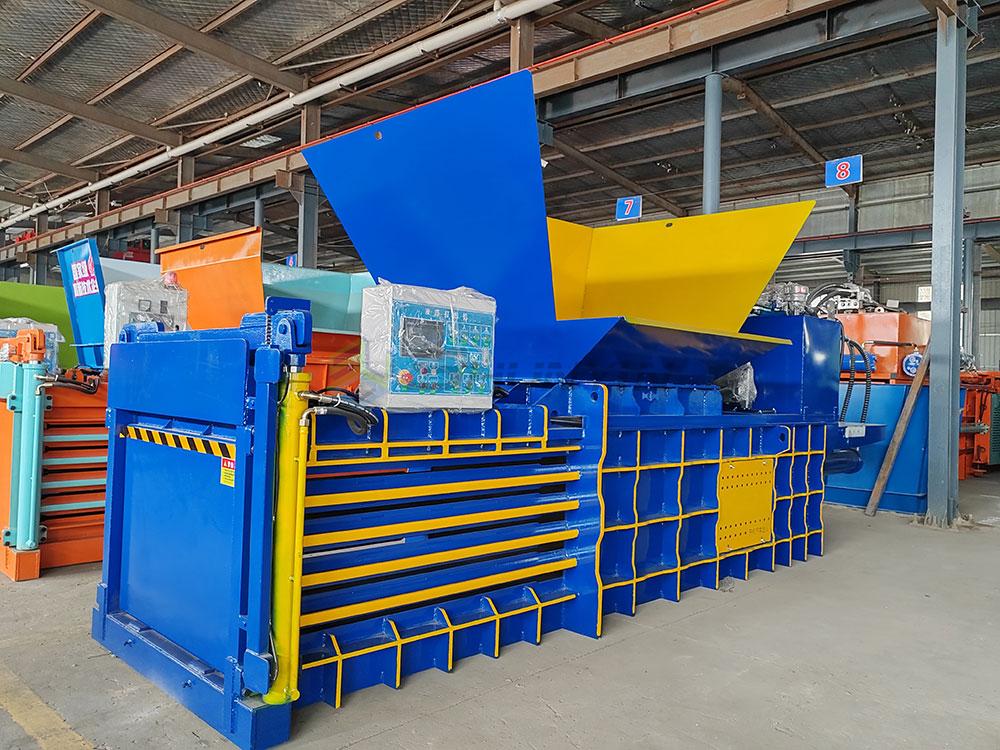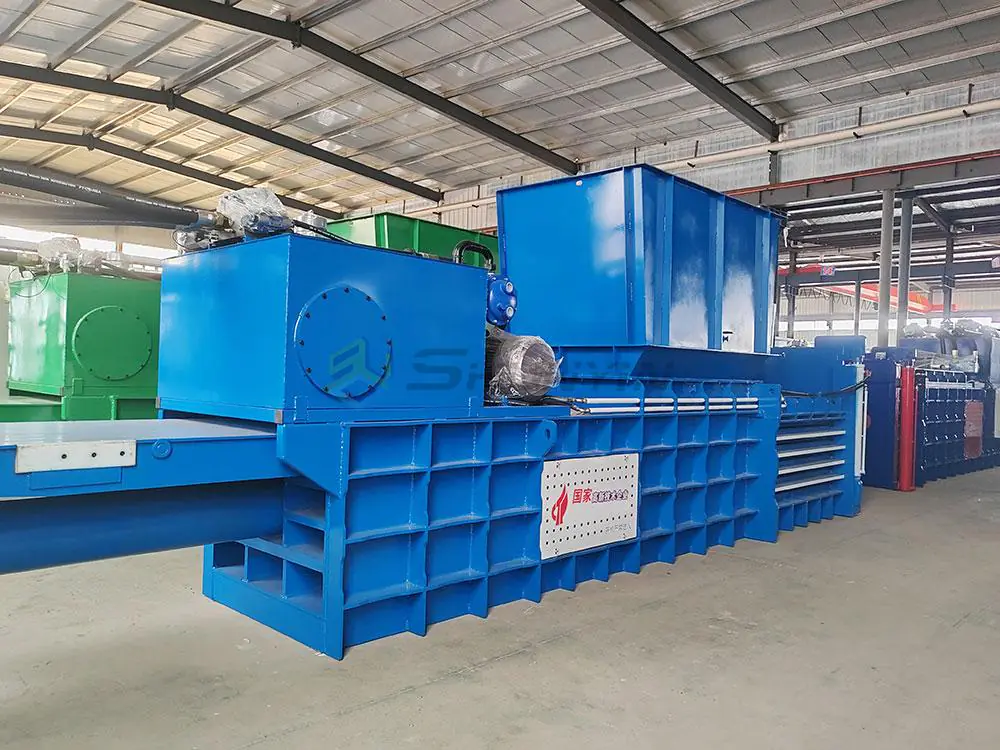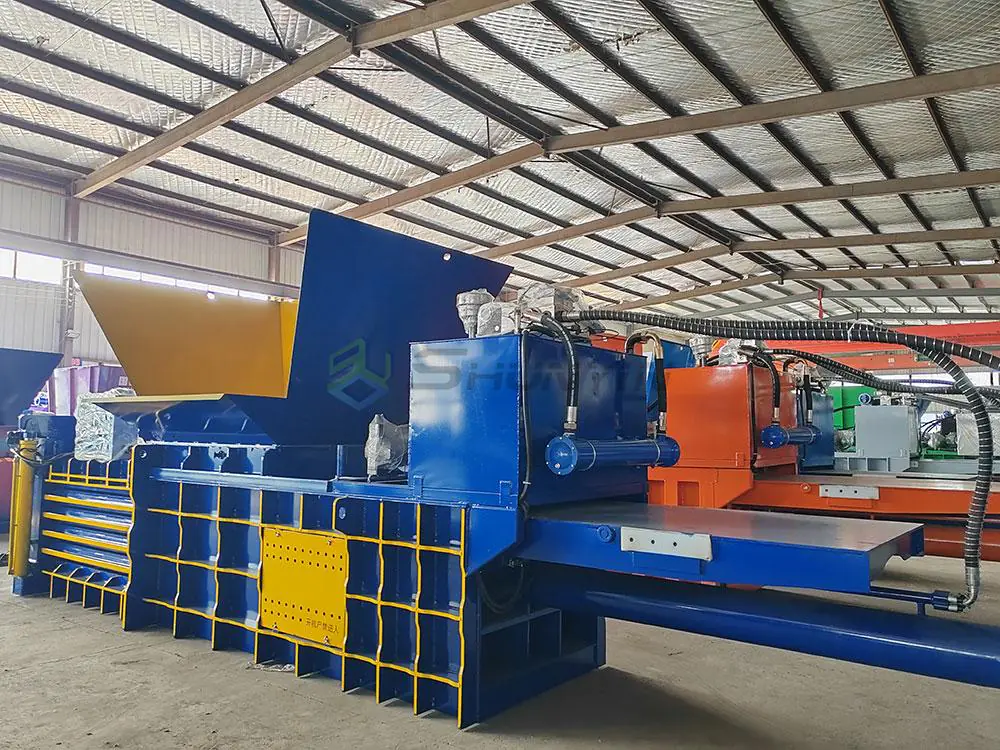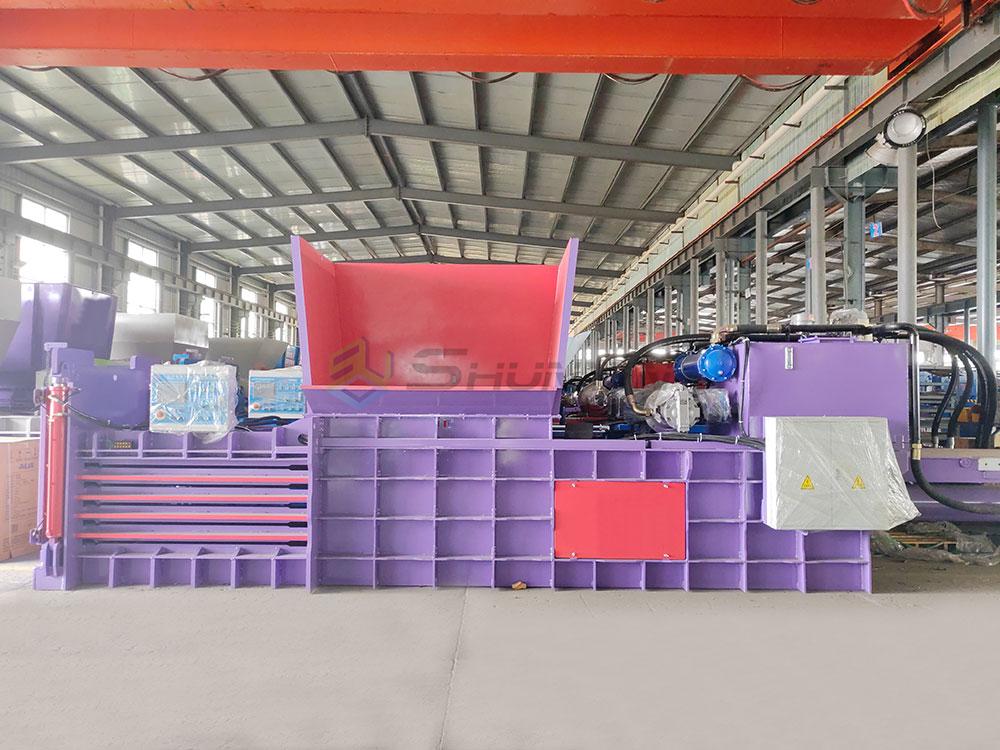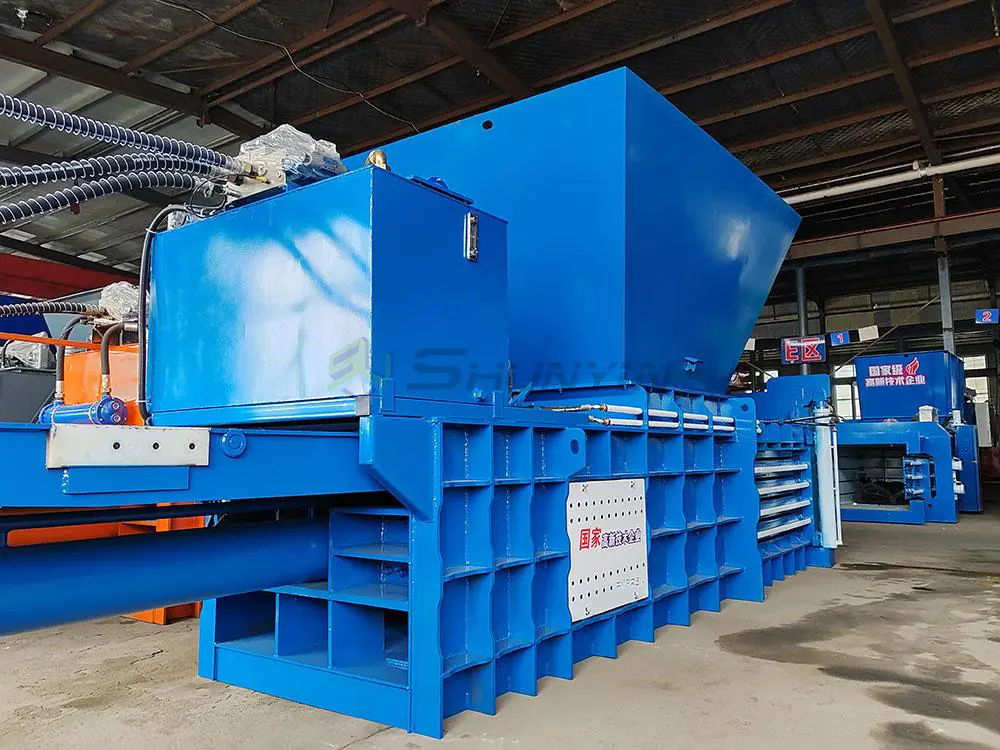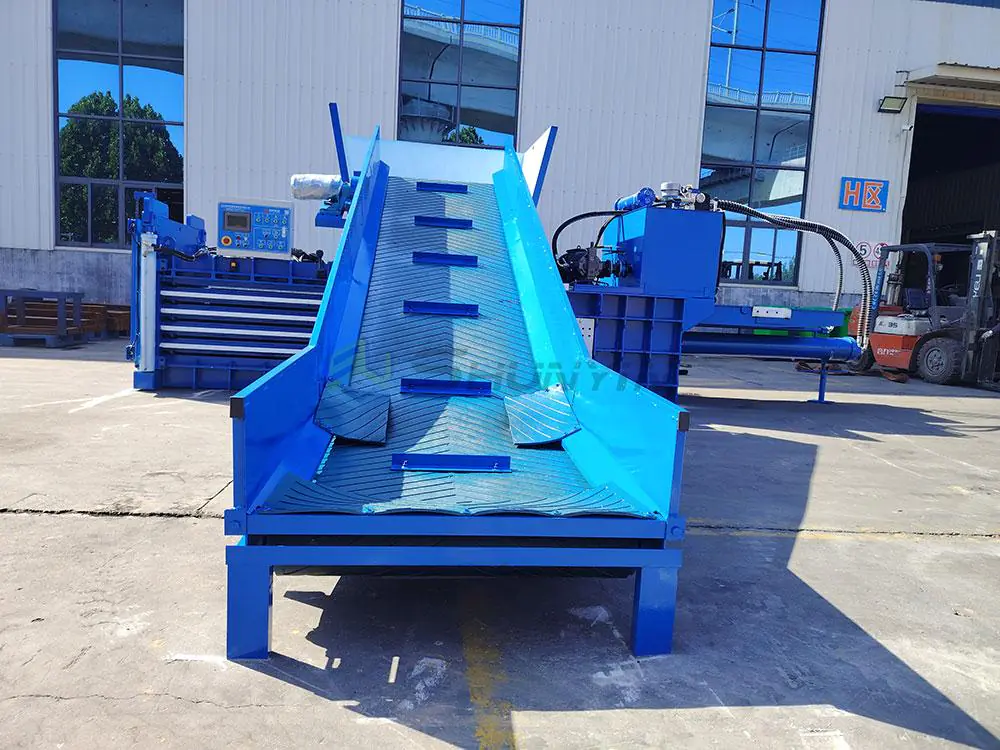
How often do waste management costs eat into your profits? Through 12 years of operating a baler factory, I’ve watched businesses transform their operations using these remarkable machines. Let’s reveal why balers are revolutionizing waste handling worldwide.
A baler compresses materials like cardboard, plastics, or agricultural products into compact bales using hydraulic pressure. These machines improve storage efficiency, reduce transportation costs, and enable profitable recycling by creating uniform packages that are easy to handle and sell to recycling facilities. Modern balers feature automated controls and safety mechanisms to optimize various industrial applications.
Quality balers can cut your waste volume by 90% – a game-changer I repeatedly see across our global clientele. Now let’s examine how different industries benefit from specific balering solutions.
What Are the Benefits of a Baler?

Did you know improper waste handling costs manufacturing plants up to 4% in annual revenue? Through our customer success stories, three core benefits consistently emerge.
Key benefits of balers include space optimization (reducing storage footprint by 70-90%), cost reduction in waste transportation (saving 30-50% logistics expenses), and increased revenue from selling compacted recyclables (generating 15-25% additional income streams). Modern balers also enhance workplace safety by minimizing manual handling risks.
Our clients report these tangible impacts:
| Benefit Area | Before Baler | After Baler | Improvement |
|---|---|---|---|
| Storage Space | 500 m² | 80 m² | 84% reduction |
| Monthly Transport Costs | $8,000 | $3,900 | 51.25% savings |
| Recyclable Revenue | $0 | $16,500 | New income stream |
| Labor Injuries | 7/year | 0/year | 100% safety improvement |
Cost-Benefit Analysis Over 5 Years
I always recommend clients calculate the machine’s payback period through:
- Initial Investment: Our horizontal balers typically cost $28,000-$45,000
- Monthly Savings: Average $3,200 in waste management costs
- Revenue Generation: $1,800/month from sold bales
- ROI Timeline: 8-14 months in most cases
One Canadian customer exactly like Lambert recovered his $40,000 investment in 11 months through combined savings and bale sales. Contact our team for a customized ROI projection.
What Do Balers Do?

When I visited a Singaporean paper mill last year, their inefficient manual compaction process shocked me. A baler solves this through systematic operation:
Balers compress loose materials into dense bales using hydraulic pressure. The process includes feeding material into a compression chamber, applying up to 200 tons of force, and binding the compacted bale with wires or straps. Industrial balers achieve compression ratios up to 15:1, transforming scattered waste into manageable blocks for storage or transport.
Our machines handle various materials:
| Material Type | Optimal Machine | Compression Force | Bale Weight |
|---|---|---|---|
| Cardboard | Vertical Baler | 60 tons | 500-800 kg |
| PET Bottles | Horizontal Baler | 120 tons | 300-450 kg |
| Textile Waste | Two-Ram Baler | 150 tons | 700-1000 kg |
| Agricultural Waste | Specialized Baler | 80 tons | 400-600 kg |
Safety Enhancements in Modern Balers
- Automated Feeding Systems: Eliminate manual material pushing
- Emergency Stop Buttons: Instantly halt operations
- Pressure Sensors: Prevent over-compaction
- Lockout Mechanisms: Ensure safety during maintenance
We’ve reduced workplace accidents by 92% across 140+ installations through these features.
What Is the Purpose of Baling?

Early in my career, a Japanese client taught me that baling serves different purposes across industries. Let’s explore the key objectives:
The primary purpose of baling is to optimize material density for efficient handling and transportation. Additional purposes include enabling recycling (creating salable commodity bales), reducing environmental impact (through proper waste management), and meeting regulatory requirements for waste disposal. Material-specific purposes include preserving crop quality in agriculture and preparing products for industrial reuse.
Three critical purposes dominate our clients’ operations:
1. Economic Optimization
- Transport Cost Reduction: "Our logistics expenses dropped from $17/m³ to $4/m³" – North American metal recycler
- Storage Efficiency: 82% space reduction reported by Vietnamese plastic manufacturer
- Revenue Generation: $28,500/month earned through bale sales by Californian recycling center
2. Regulatory Compliance
- EU Waste Directive Requirements
- OSHA Workplace Safety Standards
- International Shipping Regulations
3. Sustainability Goals
- 95% landfill diversion rate achieved by Canadian retailer
- 62% carbon footprint reduction reported by Texas-based logistics company
Our ISO-certified machines help clients meet all these objectives simultaneously. Get compliance-ready solutions.
Conclusion
Quality balers transform waste management from cost center to profit generator. Our clients achieve 8-14 month ROI through combined savings and bale sales. Explore customized horizontal/vertical balers at SY Baling Machinery – ISO-certified solutions since 2009.


